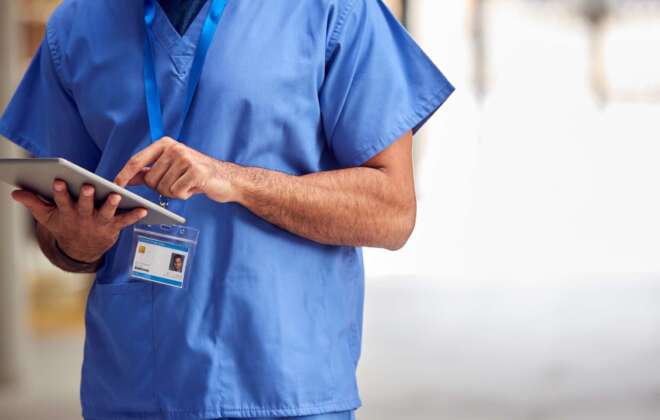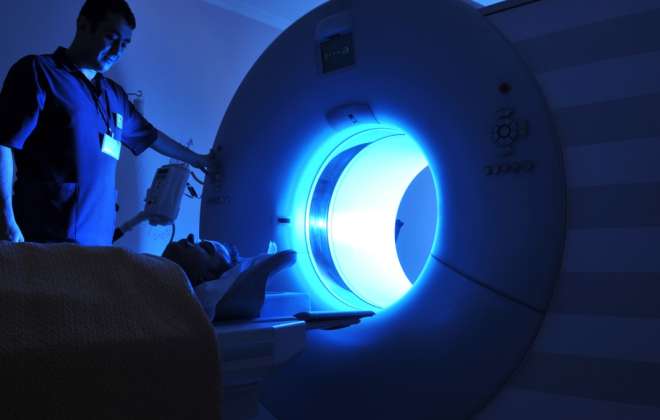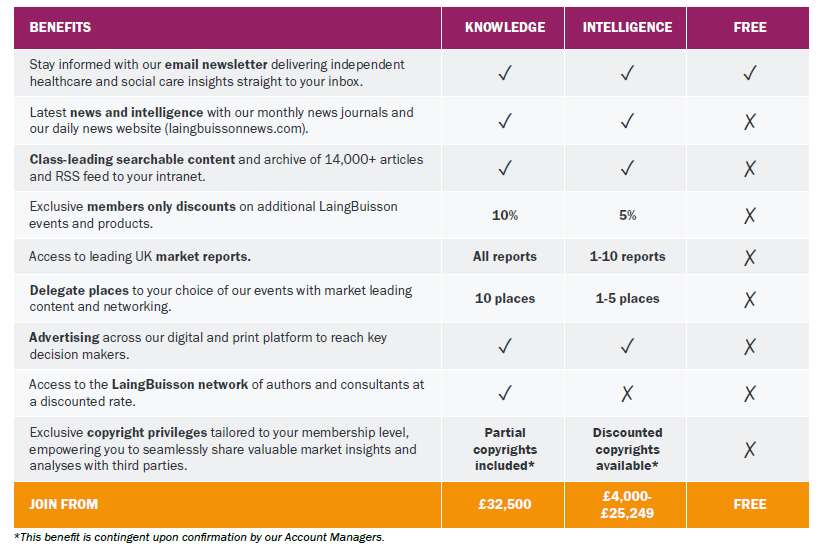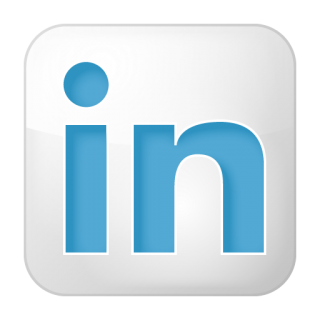Growth returns to independent hospitals post-Covid although over-capacity threatens margins
LaingBuisson has published the 8th edition of its Private Acute Healthcare Central London Market Report.
Central London’s independent hospitals have seen a resurgence in demand since Covid has faded. But pent-up demand has not flowed into the market as rapidly as optimists in the sector had hoped, with Private Medical Insurance (PMI) and embassy patients still below pre-Covid levels even though self-pay has boomed.
According to the report, released today, revenue for those central London hospitals, clinics and diagnostic centres which accept private patients is projected to reach £1.9 billion in calendar 2022, up 6.4% on 2021.
London’s independent hospitals (not counting the NHS private patient units, or PPUs), like other independent hospitals across the UK, were buoyed up during the worst phases of the pandemic in 2020 by a deal with the Treasury which gave the NHS access to private capacity in case of emergency Covid need, and also to helped make up for displaced NHS elective capacity.
But this special government funding is now disappearing and independent hospitals have reverted to being almost entirely reliant on private funding from insured, self-pay and overseas patients.
However, the interesting issue for Central London is whether NHS funding will continue in some way given new over-capacity in the market.
NHS PPUs, also covered in this report, haven’t quite returned to pre-covid levels, as they are still trying to regain access to the facilities needed to treat private patients.
For the main payor groups, somewhat surprisingly Private Medical Insurance (PMI) is only slowly coming back, and some insurers are still offering rebates to the customers. Why patients who already have medical insurance are reluctant to seek treatment is still a bit of a mystery.
Overseas or embassy patients are also returning, although perhaps slightly slower than some hospitals would like to see, particularly the PPUs.
Self-pay, however, has nearly doubled since 2019, partly due to long NHS waiting lists, and this boom has reinvigorated independent hospitals.
However, there is some evidence it is driven mainly by outpatient and diagnostic revenue, with patients nervous about the actual cost of private treatment once diagnosed.
Given the economic winds that are currently blowing, there is a question as to how sustainable this boom is.
New data from PHIN (Private Hospital Information Network), cited in the report, shows that oncology continues to be the biggest source of private revenue for central London hospitals. Chemotherapy was the largest single procedure in the 12 months to June 2021, accounting for 14.2% of all procedures.
Most of this are insured patients although in the self-pay market cataract surgery is the number one procedures followed by diagnostic upper GI endoscopy and epidural injections.
With major new entrants such as the Cleveland Clinic and Nuffield Health coming into the London market and expanding the number of inpatient beds and operating theatres by 18%, the report highlights a fight for market share coming at a time of increasing costs of employing or sharing revenue with consultants, not to mention staffing constraints, wage pressures and cost inflation.
All this is occurring when profit margins have been under pressure for some time, even before Covid.
Author of the report, Ted Townsend, said:
‘Whether or not the continued rise of self-pay incomes in independent hospitals will continue to rise is uncertain. Many independent hospitals in recent years have expanded capacity through borrowings, and these hospitals will be hoping to maintain the increase in revenue in order to ensure that they can fulfil their financial obligations. It is quite possible there will be some consolidation in the market before too long.’







